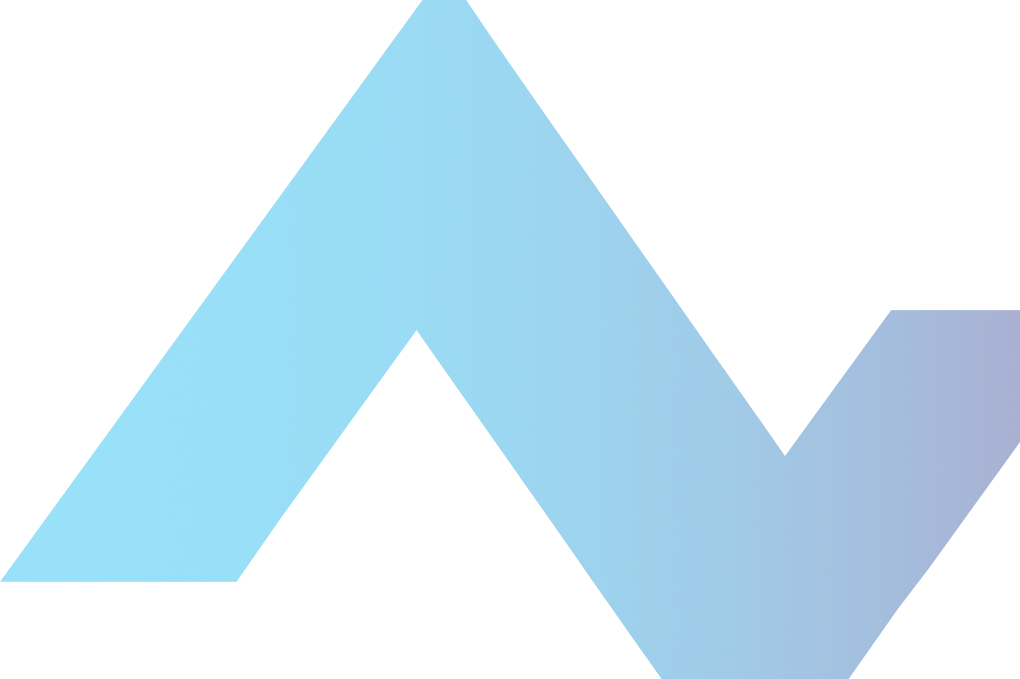

Wind energy is growing rapidly in Germany. With larger turbines and expanding wind farms, operators face the challenge of keeping turbines running efficiently, safely, and cost-effectively. The solution lies in digitalization. By using sensors, artificial intelligence, drones, and cloud-based systems, German wind farms are becoming smarter and more reliable.

Wind is unpredictable, and turbines require constant maintenance. Even brief periods of downtime can result in significant losses. Digital tools help operators detect problems early, make repairs faster, and maximize energy output. Many new wind farms in Germany now feature condition monitoring systems, which track turbine performance in real-time and prevent breakdowns before they occur.

One of the biggest benefits of digitalization is predictive maintenance. Sensors monitor vibrations, temperature, and rotor speed, while AI analyzes this data to predict failures before they happen. Remote monitoring allows operators to oversee turbines from centralized control rooms, reducing the need for on-site visits and improving safety. Additionally, AI systems adjust turbines in real-time to capture maximum energy, increasing output by 5 to 8 percent in some German wind farms. Drones are also used to inspect blades and towers, quickly detecting cracks, erosion, or lightning damage and feeding results directly into digital dashboards.
The rise of digital technology is reshaping jobs in the wind energy sector. Technicians now need mechanical, electrical, and IT skills to handle data, sensors, and drones. Operators monitor multiple wind farms from central hubs, while cybersecurity experts protect turbines from potential digital threats. Germany is preparing its workforce by integrating digital training into technical programs and apprenticeships, ensuring workers are ready for a modern, technology-driven industry.

While Germany is a leader, digital wind energy is a global trend. In the United States, AI predicts maintenance needs and extends turbine life. China monitors thousands of turbines in real-time to optimize energy production. Across Europe, digital tools are expected to cut operations and maintenance costs by 20 to 25 percent over the next decade.

Digitalization is not without its challenges. Connected turbines can be vulnerable to cyberattacks, investment costs for sensors, drones, and AI systems are high, and there is a growing need for skilled technicians and operators. Germany is tackling these issues through research funding, industry-academia partnerships, and strict cybersecurity standards.
Digitalization is transforming wind energy in Germany. It allows turbines to produce more energy, reduces costs, improves safety, and reshapes the workforce. By combining advanced technology with skilled workers, Germany is setting an example for the world in renewable energy and demonstrating how innovation can drive the energy transition.
Fraunhofer IWES – WindKI Project
AI-supported diagnostics and performance optimization for wind turbines.
www.iwes.fraunhofer.de
Fraunhofer IFAM – Autonomous Inspection of Wind Turbines
Research on drones and robotics for rotor blade inspections.
www.ifam.fraunhofer.de
Vattenfall – Intelligent Drones Increase Offshore Wind Efficiency
Use of drones for autonomous blade inspection and maintenance.
www.group.vattenfall.com
DNV – ReWind Project
Digitalization in wind turbine decommissioning for cost and time savings.
www.news.europawire.eu
Wind Energy Science (Copernicus) – Grand Challenges in Digitalisation of Wind Energy
Research article on predictive maintenance, AI, and O&M cost reduction.
www.wes.copernicus.org